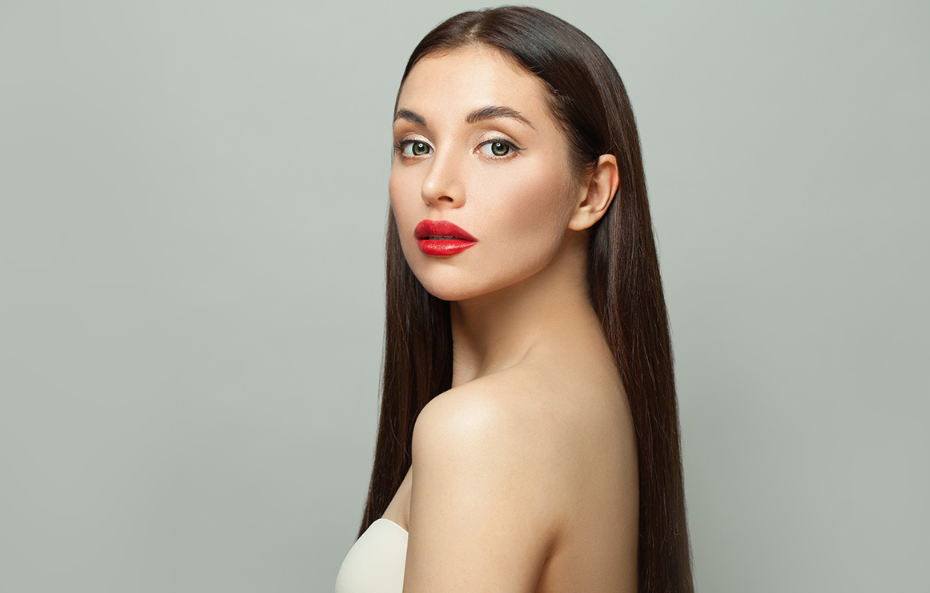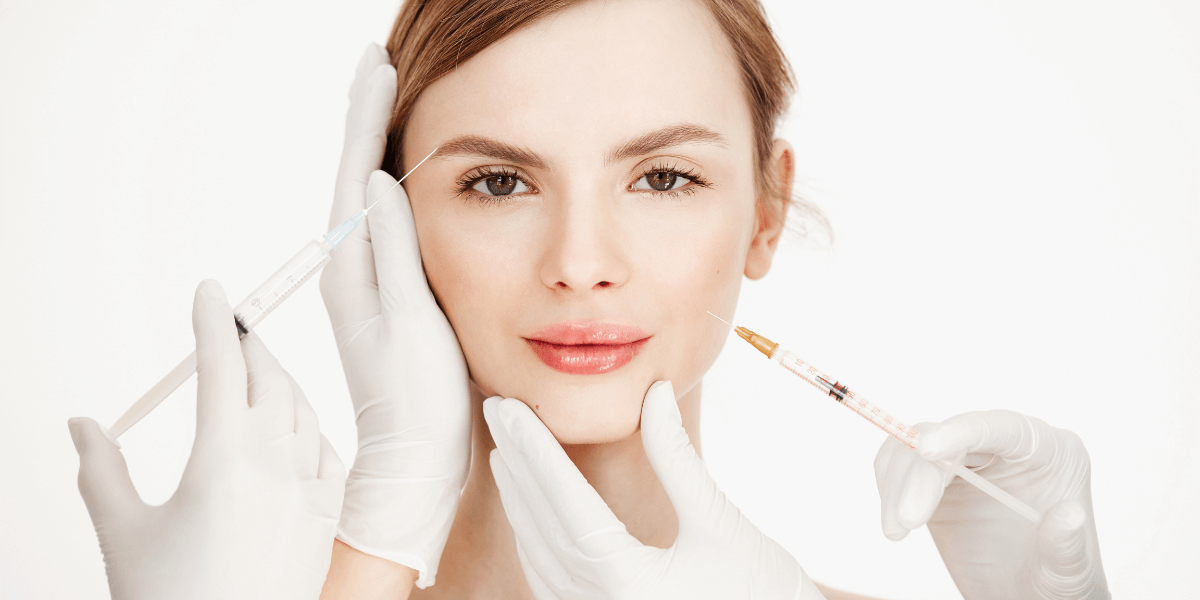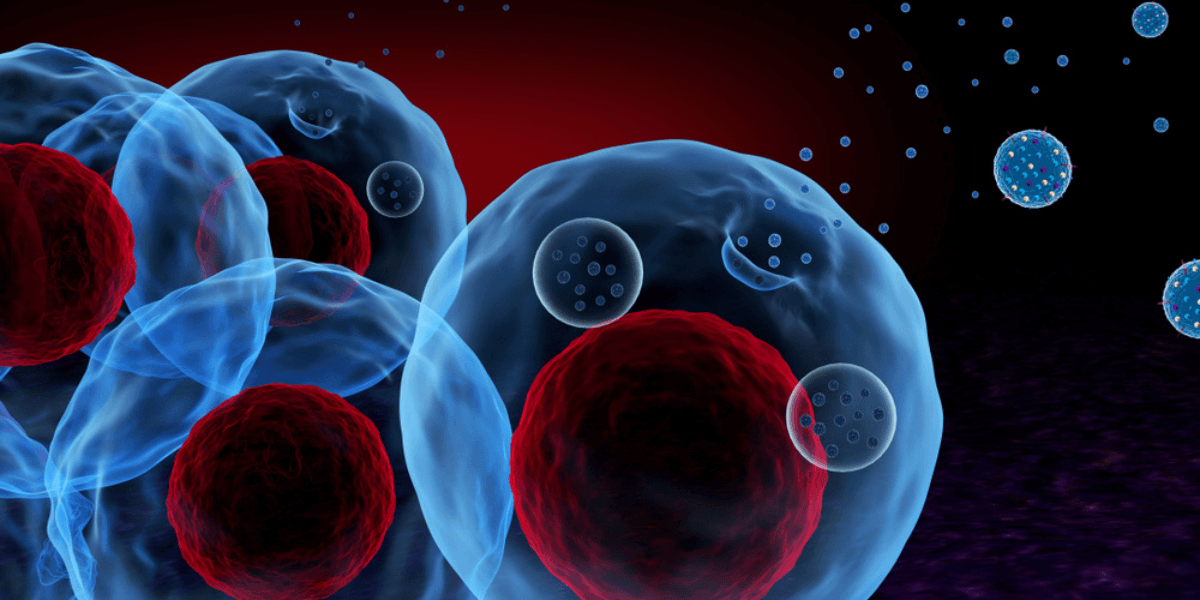Regenerative medicine, like platelet-rich plasma (PRP) treatment, stimulates the body’s natural healing process, helping it recover quickly from injuries. This injection can also be used to rejuvenate your skin and promote a youthful look.
What Is PRP?
Plasma, the liquid portion of your blood, is made of water and proteins that helps red blood cells, platelets, and white blood cells to circulate throughout your body. Platelets are blood cells that enable blood clots to prevent wounds from bleeding excessively and other essential healing functions. Therefore, platelet-rich plasma injections accelerate the natural healing process.
How Are PRP Injections Prepared?
Your doctor will draw your blood and place it in a machine (centrifuge) to separate the platelet-rich plasma. They will use ultrasound imaging to pinpoint specific areas to be injected with PRP, such as ligaments, tendons, joints, muscles, etc. Then, they will inject the PRP into the target areas to stimulate and multiply the restorative cells.
What Is the Recovery Time of PRP?
Generally, a PRP injection has little to no downtime, but you may experience a few days of soreness that can be managed with the prescribed pain medication. While you can move around and perform your routine tasks, it is advisable not to strain the injected area for some time after the procedure. You will generally get relief from the pain you were experiencing before the procedure within 3-4 weeks after receiving the injection. Complete healing can usually be achieved in the next three to six months. Some areas of your body may respond more quickly to PRP injection than others. Therefore, the recovery time may differ for each patient depending on the area being treated. See Also: How Can I Make My Veins Healthy Again?
How Does PRP Therapy Work?
These injections are used to expedite the healing process, especially for injuries that are chronic and slow to heal. When PRP is injected into the diseased or injured areas, the platelets will break down and release growth factors that trigger the healing by repairing and renewing the affected cells.
Who Needs PRP Treatment?
Generally, PRP injections are used to:
- Heal orthopedic and sports-related injuries
- Treat signs of aging
- Prevent hair loss and increase hair growth
- Minimize pain and boost mobility for people with rotator cuff injuries
- Improve function and reduce pain in people with tennis elbow or golfer’s elbow
- Reduce knee pain caused by osteoarthritis
What Are the Benefits of PRP Injections?
1. Skin Rejuvenation
PRP stimulates the production of collagen and elastin that tightens the skin while eliminating wrinkles and fine lines and enhancing the overall skin tone and texture. Therefore, it can be used to treat acne or rosacea.
2. Treats Sensitive Areas
PRP injections are a good option for treating areas that are usually very sensitive, where even lasers cannot be used. For example, they can treat fine lines and wrinkles under the eye.
3. Safe to Use
Since PRP injections are created using your platelets, they are safe to administer without worrying about possible rejection. Also, hospitals and sports medicine centers have been using this injection since the 1970s for its efficacious healing process.
4. Long-Lasting Results
Results from PRP treatment can last from 12 to 18 months after a series of treatments (typically 3 sessions).
5. A Natural Injectable
PRP is a natural injectable treatment that uses your own body elements without the need to add any foreign components, minimizing the risk of any allergies or rejection. See Also: Filler Vs. Thread Lift: Which Is Better?
If you are considering PRP therapy in NJ for skincare, and wellness treatment and would like to learn more about it, schedule a consultation with The Youth Fountain today. Our team of skin rejuvenation and PRP specialists will help you achieve desired results with PRP therapy.



